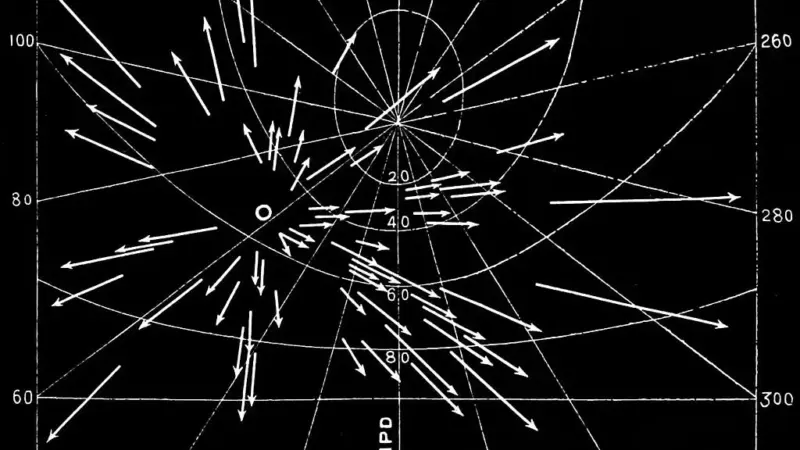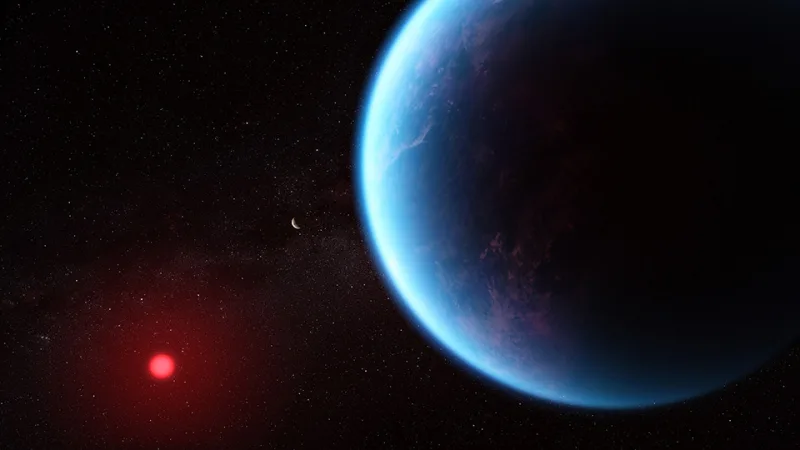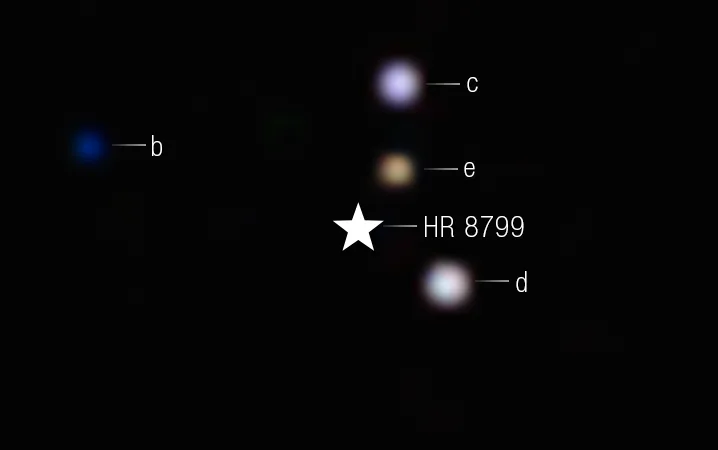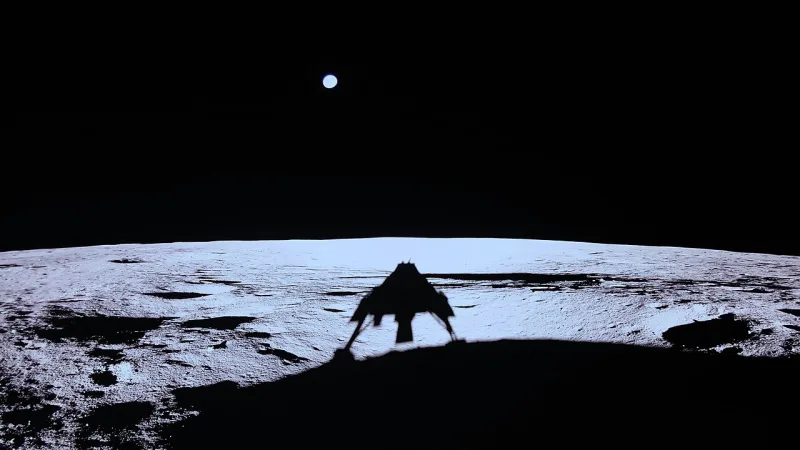Black Holes – Time Machines in Disguise
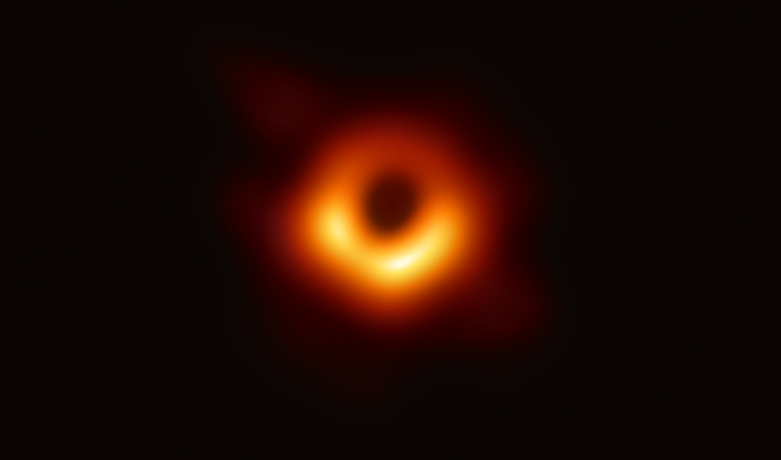
Black holes are captivating entities that possess the remarkable potential to function as natural time machines, enabling us to journey into both the past and the future. However, don’t expect to embark on a voyage back in time to encounter dinosaurs any time soon. Presently, we lack the spacecraft capable of approaching a black hole, and even if we did, attempting such an expedition would likely prove fatal.
What are black holes?
So, what precisely are black holes? They are immensely massive objects that materialize when a dying star undergoes a collapse, imploding inward. Similar to planets and stars, they possess gravitational fields surrounding them. The magnitude of an object determines the strength of its gravitational field – this explains why escaping Earth’s gravity to reach space is a formidable challenge. A black hole’s gravitational field is so potent that even light cannot escape it! Consequently, they appear black, as light cannot bounce off them, analogous to how it might rebound off a tree in the dark.
Einstein’s Theory of Relativity: Unraveling the Connection
Albert Einstein’s general theory of relativity elucidates that matter and energy cause space to curve and stretch. A massive object engenders a sort of valley in space, causing objects in close proximity to fall into it. This is why, when approaching any massive object, including a black hole, we are drawn towards it. It is also why light cannot break free from a black hole – the sides of the valley are excessively steep for light to ascend. The point at which the incline becomes so precipitous that light cannot escape is known as the event horizon. Event horizons bear significant implications for our understanding of the nature of time.
Falling into the Valley of Time
When space stretches, time stretches along with it – clocks situated near massive objects tick more slowly than those near less massive objects. Hence, if you were to venture near a black hole, upon returning to Earth, you would find yourself propelled forward in time. If you were to approach the center of the black hole without crossing its event horizon, your clock would tick at a slower pace, yet you should still be able to escape unharmed.
The Time Warp Phenomenon
The most enthralling aspect of black holes is their ability to wrap time upon itself – envision taking a sheet of paper and connecting its two ends to create a loop; this is precisely what transpires with time near a black hole! This generates a natural time machine: if, by some means, you managed to enter this loop, known as a closed timelike curve, you would discover yourself traversing through space on a trajectory commencing in the future and terminating in the past!
The Limitations of Time Travel
Regrettably, traversing into the past via a black hole is not as straightforward as it may seem. First, you can solely journey into its past. Second, crossing its event horizon necessitates traveling faster than light (which we know to be impossible). And third, crossing its event horizon would result in a process called ‘spaghettification’ – being stretched and flattened like a noodle until all that remains are atoms spiraling into oblivion!
For now, at least, the prospect of visiting dinosaurs through time travel will firmly remain within the realm of fantasy.

